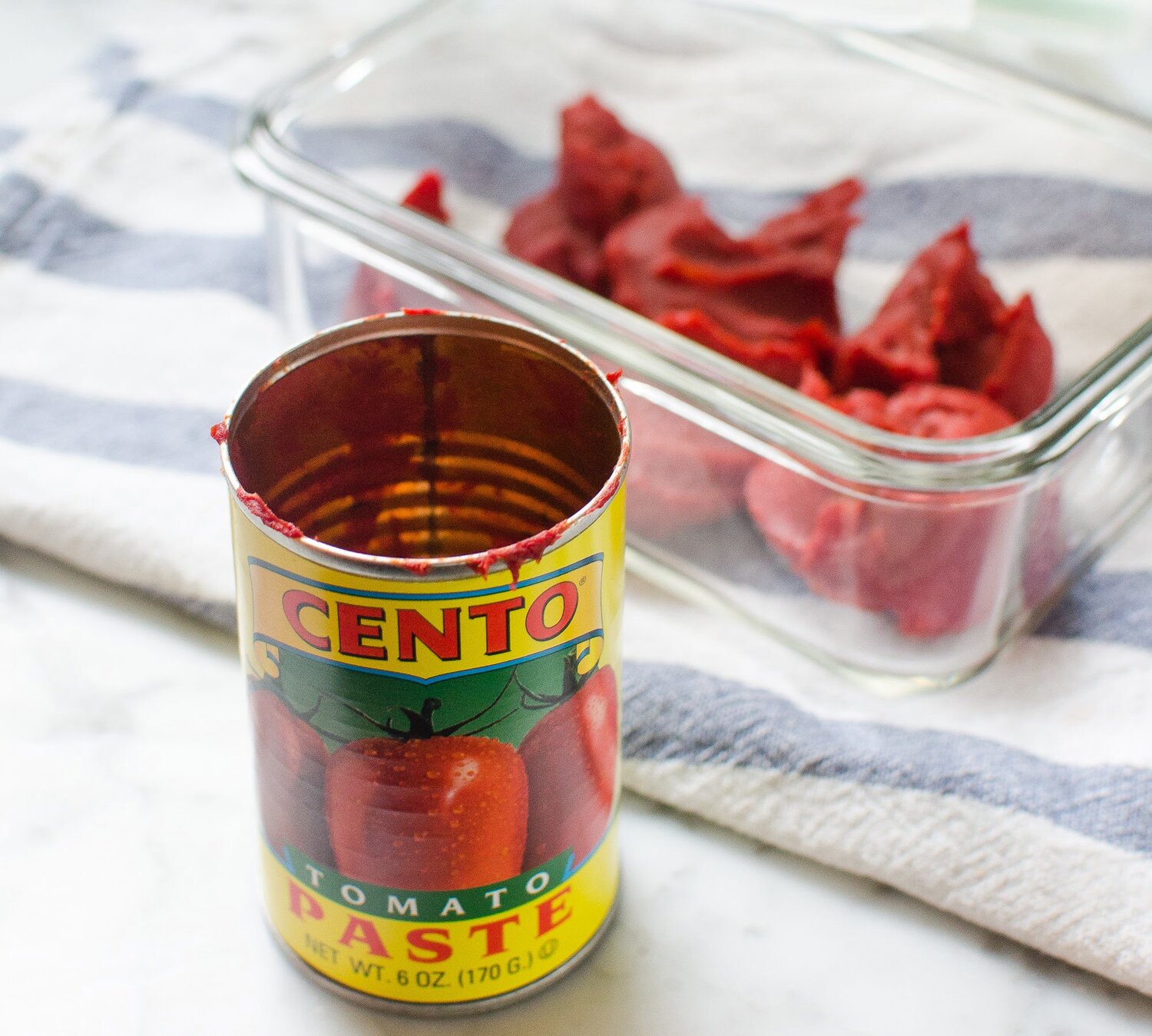

Articles
How To Store Canned Tomato Paste
Modified: December 7, 2023
Learn how to effectively store canned tomato paste in this informative article. Preserve your tomato paste for longer use and prevent waste.
(Many of the links in this article redirect to a specific reviewed product. Your purchase of these products through affiliate links helps to generate commission for Storables.com, at no extra cost. Learn more)
Introduction:
Welcome to this comprehensive guide on how to store canned tomato paste. Tomato paste is a staple ingredient in many kitchens, adding depth and richness to a variety of dishes. Whether you use it frequently or occasionally, it’s important to store canned tomato paste properly to maximize its shelf life and maintain its quality.
In this article, we will discuss why proper storage is important, factors to consider before storing tomato paste, steps for storing it effectively, and best practices for using stored tomato paste. By following these guidelines, you can ensure that your tomato paste remains fresh and flavorful for an extended period of time.
So let’s dive in and learn more about the best practices for storing canned tomato paste!
Key Takeaways:
- Proper storage of canned tomato paste is crucial to maintain its quality, prevent spoilage, and reduce food waste. Follow the steps and best practices to ensure fresh and flavorful tomato paste for your culinary creations.
- Consider factors like container type, temperature, and light exposure when storing canned tomato paste. Use smaller portions, sauté for flavor, and experiment with recipes to make the most out of your stored tomato paste.
Read more: How To Store Tomato Paste
Why is Proper Storage Important?
Proper storage of canned tomato paste is crucial for several reasons. First and foremost, it helps to preserve the quality and flavor of the tomato paste for an extended period of time. When tomato paste is exposed to air and improper conditions, it can oxidize and develop off-flavors, losing its vibrant red color and intense taste.
Additionally, storing tomato paste correctly helps to prevent the growth of bacteria, mold, and other harmful microorganisms. This is especially important for an ingredient like tomato paste, which is typically used in small quantities and can be susceptible to contamination if not stored properly.
Another reason to store canned tomato paste properly is to avoid food waste. By ensuring that your tomato paste remains usable for as long as possible, you can reduce the amount of food you throw away and save money in the process.
Lastly, proper storage allows you to have tomato paste readily available whenever you need it. Storing it in a convenient and accessible manner ensures that you can use it in various recipes without the need to buy a new can every time. This not only saves you time but also prevents unnecessary trips to the grocery store.
Overall, proper storage of canned tomato paste is important to maintain its quality, prevent spoilage, reduce food waste, and ensure its availability whenever you need it.
Factors to Consider Before Storing Canned Tomato Paste
Before you start storing your canned tomato paste, there are a few key factors to consider to ensure optimal storage conditions. These factors will help you maintain the quality and freshness of the tomato paste for an extended period of time.
1. Container: The container you use for storing tomato paste should be airtight and non-reactive. Opt for glass or plastic containers with tight-fitting lids to prevent air exposure and potential reactions with metal containers.
2. Temperature: Tomato paste should be stored at a cool and consistent temperature. The ideal temperature for storing tomato paste is between 40°F (4°C) and 50°F (10°C). Avoid storing it in areas that are exposed to direct sunlight or fluctuating temperatures.
3. Light Exposure: Exposure to light can degrade the quality and color of tomato paste. It is best to store tomato paste in a dark or opaque container to minimize light exposure and preserve its vibrant red color.
4. Moisture: Tomato paste should be stored in a dry environment to prevent bacterial growth or spoilage. Avoid storing it in areas with high humidity, such as near the stove or sink, as moisture can lead to mold or clumping.
5. Shelf Life: Check the expiration date on the canned tomato paste before storing it. Most commercially canned tomato paste has a shelf life of about 1 to 2 years. It is best to use tomato paste within that timeframe for optimal quality.
6. Opened Cans: Once you open a can of tomato paste, it is important to transfer any unused portion into a separate container for storage. Leaving it in the opened can exposes it to air and can lead to spoilage. Ensure that the container is airtight and properly labeled with the date of opening.
By considering these factors, you can create the ideal storage conditions for your canned tomato paste and extend its shelf life while preserving its quality.
Store canned tomato paste in an airtight container in the refrigerator after opening. This will help preserve its freshness and prevent it from spoiling.
Steps for Storing Canned Tomato Paste
Now that we’ve discussed the factors to consider, let’s delve into the steps for properly storing canned tomato paste. These simple yet effective steps will help you maintain the freshness and quality of your tomato paste for an extended period of time.
- Transfer into an Airtight Container: Once you open a can of tomato paste, transfer any unused portion into an airtight container. A glass jar or plastic container with a tight-fitting lid works best for storing tomato paste.
- Label and Date: It’s essential to label the container with the date of storage. This will help you keep track of its freshness and ensure you use the oldest ones first.
- Cover with Oil: To prevent air exposure and oxidation, consider covering the surface of the tomato paste with a thin layer of olive oil. This acts as a barrier and helps preserve the vibrant red color and taste of the tomato paste.
- Keep in the Refrigerator: Tomato paste should be stored in the refrigerator to maintain its freshness. The cool temperature helps inhibit bacterial growth and extends the shelf life. Place the container in the coldest part of the refrigerator, such as the back or the bottom shelf.
- Avoid Freezer Burn: If you want to store tomato paste for an even longer period, you can freeze it. However, it is important to note that freezing can affect the texture of tomato paste. To prevent freezer burn, ensure that the container is completely airtight and consider freezing it in smaller portions for easy usage.
- Thawing and Using Frozen Tomato Paste: When you need to use frozen tomato paste, simply transfer the desired portion from the freezer to the refrigerator a day before. Allow it to thaw slowly in the refrigerator before using in your recipes.
By following these steps, you can effectively store canned tomato paste, whether in the refrigerator or freezer, and ensure its freshness and quality for an extended period.
Best Practices for Using Stored Tomato Paste
Now that you know how to store canned tomato paste, it’s important to understand the best practices for using the stored tomato paste in your recipes. Here are some tips to help you make the most out of your stored tomato paste:
- Measure Carefully: Tomato paste is typically used in small quantities, so it’s crucial to measure it accurately. Use a measuring spoon or a tablespoon to portion out the desired amount. This will ensure that you have the right balance of flavors in your dishes.
- Re-seal and Re-store: After using the desired amount of tomato paste, reseal the container promptly and return it to the refrigerator or freezer. This will help maintain the freshness and prevent any potential contamination.
- Opt for Smaller Portions: If you frequently use tomato paste, consider dividing a larger can into smaller portions before storing. This will allow you to thaw and use only the amount you need without repeatedly exposing the entire container to air.
- Maximize Flavor: Tomato paste can enhance the flavor of your dishes, so make the most of it! Consider sautéing the tomato paste in oil or butter before adding other ingredients. This will help develop its flavors and create a rich base for your recipes.
- Consider Tomato Paste Tubes: Another option for storing tomato paste is to use tubes. These are convenient and allow you to squeeze out small amounts as needed without having to open a whole can. Make sure to check the expiry date on the tube before use.
- Experiment with Recipes: Tomato paste is a versatile ingredient that can be used in a wide range of dishes, from pasta sauces to soups and stews. Don’t be afraid to experiment and incorporate tomato paste into different recipes to explore its flavor-enhancing abilities.
By following these best practices, you can make the most out of your stored tomato paste and elevate the taste of your culinary creations.
Read more: How To Store Tomato Paste In The Fridge
Conclusion
Properly storing canned tomato paste is essential for preserving its quality and freshness. By considering factors such as the container, temperature, light exposure, moisture, shelf life, and proper handling of opened cans, you can create the ideal storage conditions for your tomato paste.
Following the steps outlined for storing tomato paste, including transferring it to an airtight container, labeling and dating, covering with oil, and storing in the refrigerator or freezer, will help prolong its shelf life and maintain its vibrant color and taste.
When using the stored tomato paste, be mindful of measuring carefully, resealing and returning to storage, opting for smaller portions, maximizing flavor through sautéing, and trying different recipes to explore its versatility.
By implementing these best practices, you can ensure that your canned tomato paste remains fresh, flavorful, and ready to elevate your favorite dishes whenever you need it.
So, take the time to properly store your canned tomato paste, and enjoy the convenience and taste-enhancing properties it provides in your culinary adventures!
Frequently Asked Questions about How To Store Canned Tomato Paste
Was this page helpful?
At Storables.com, we guarantee accurate and reliable information. Our content, validated by Expert Board Contributors, is crafted following stringent Editorial Policies. We're committed to providing you with well-researched, expert-backed insights for all your informational needs.
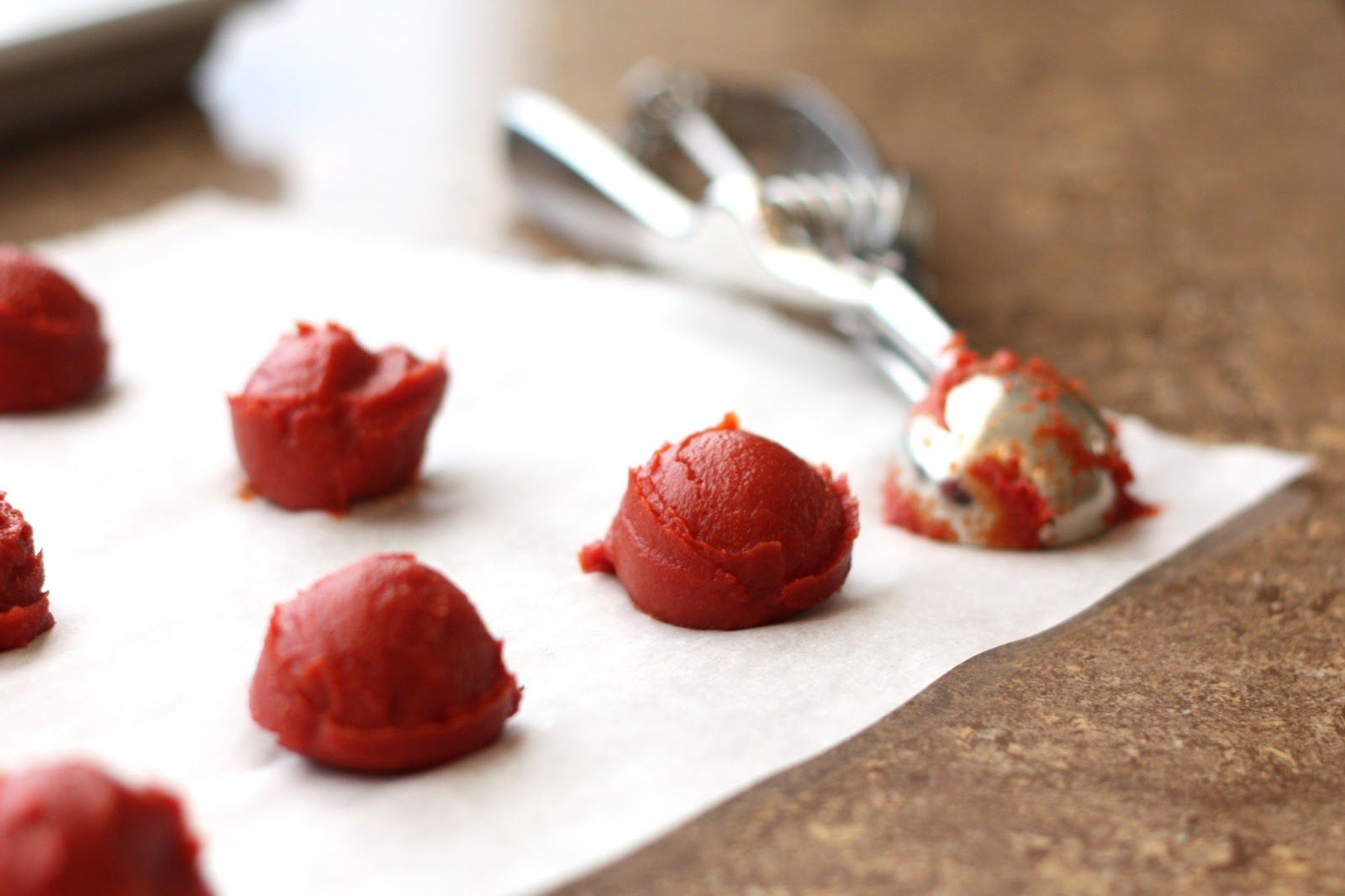
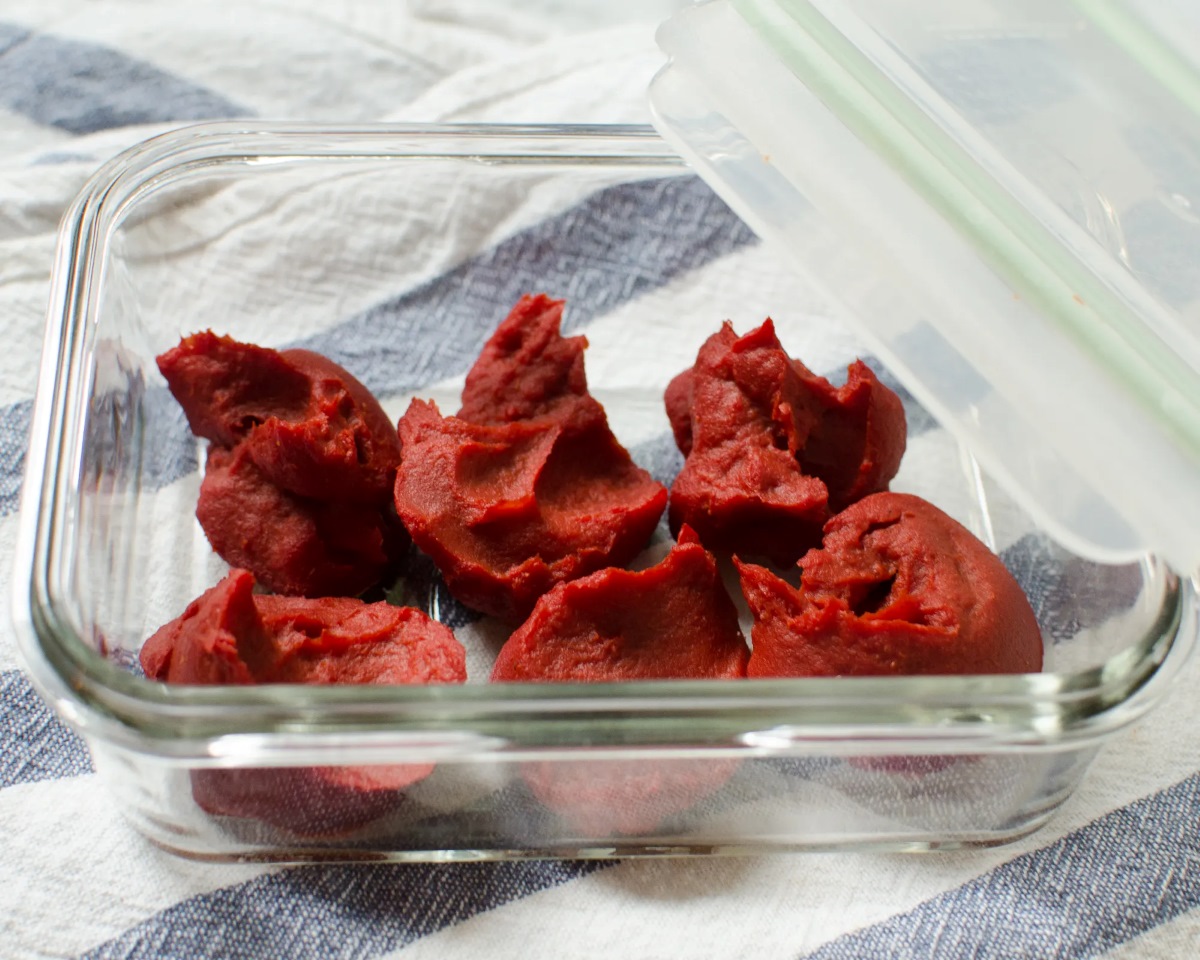

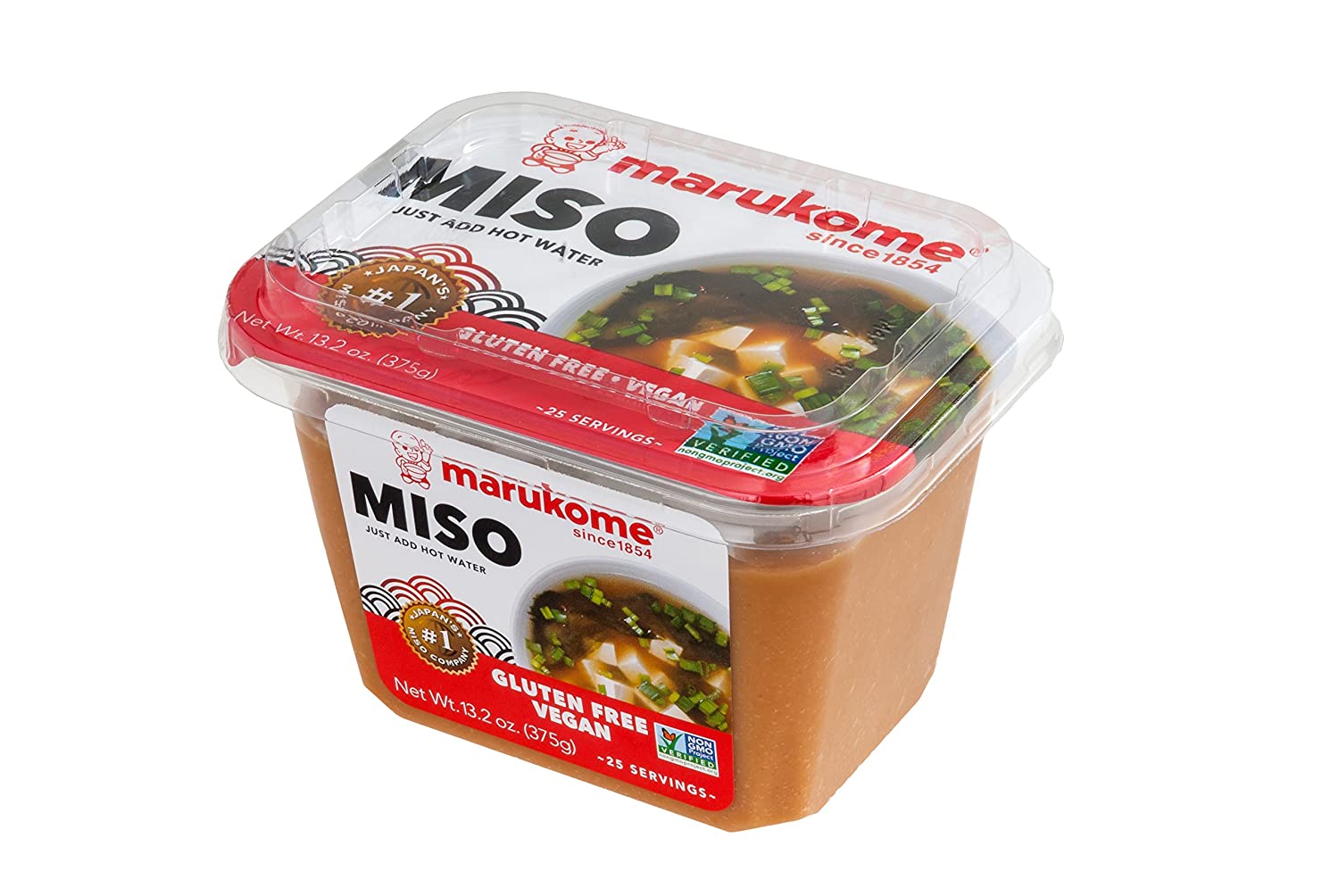

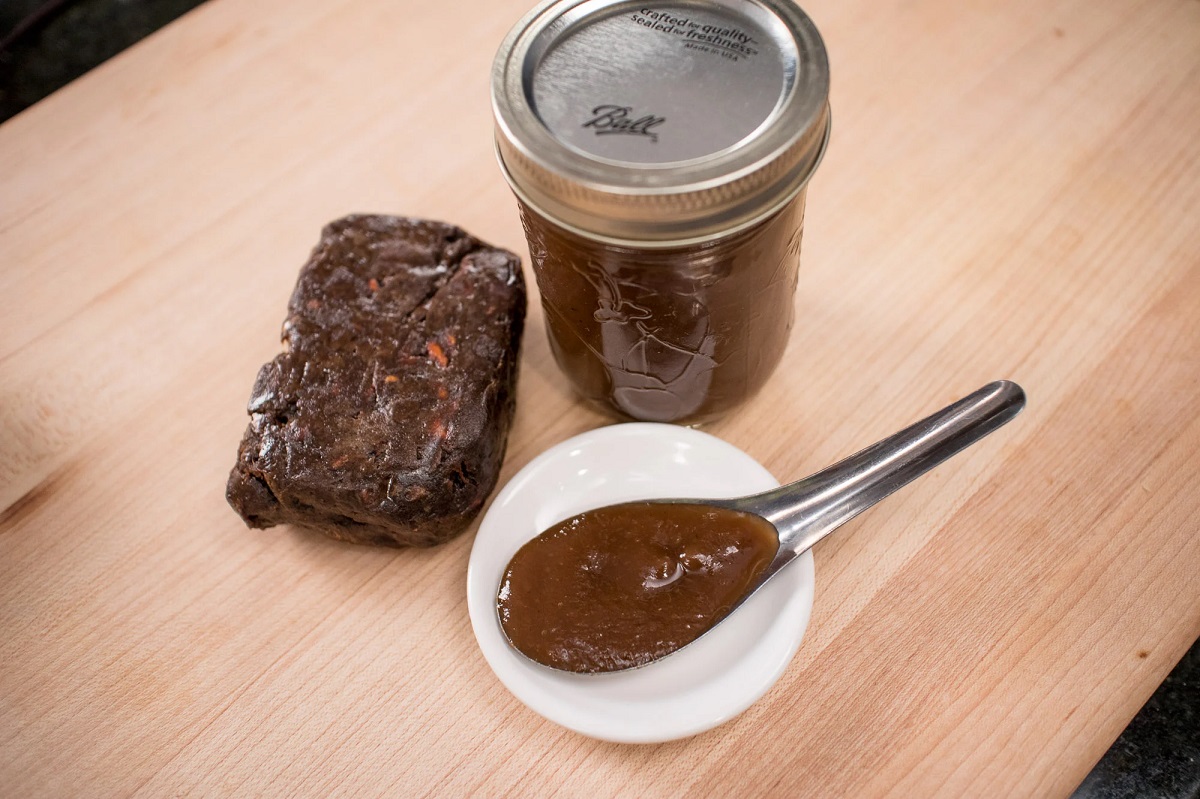

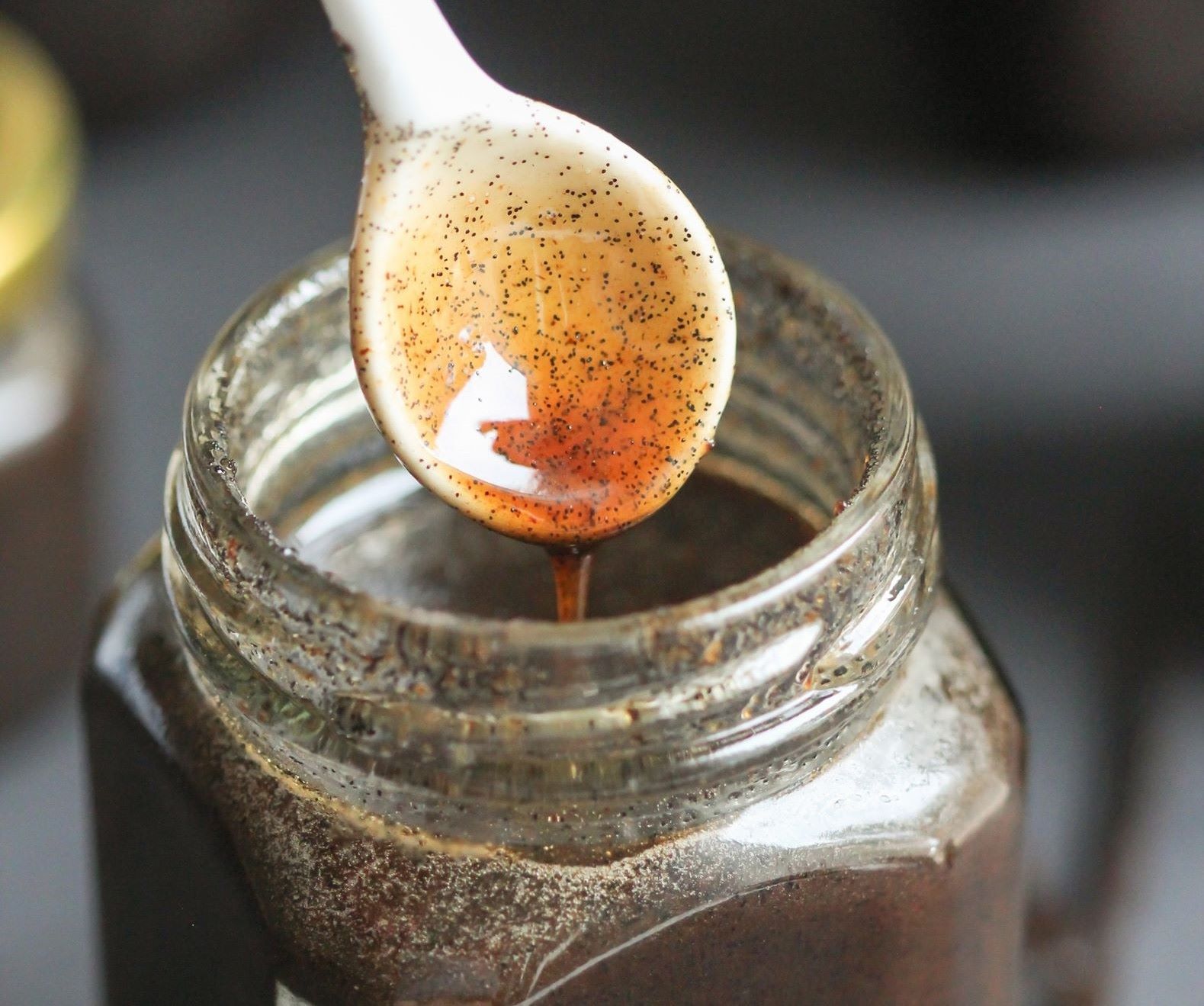
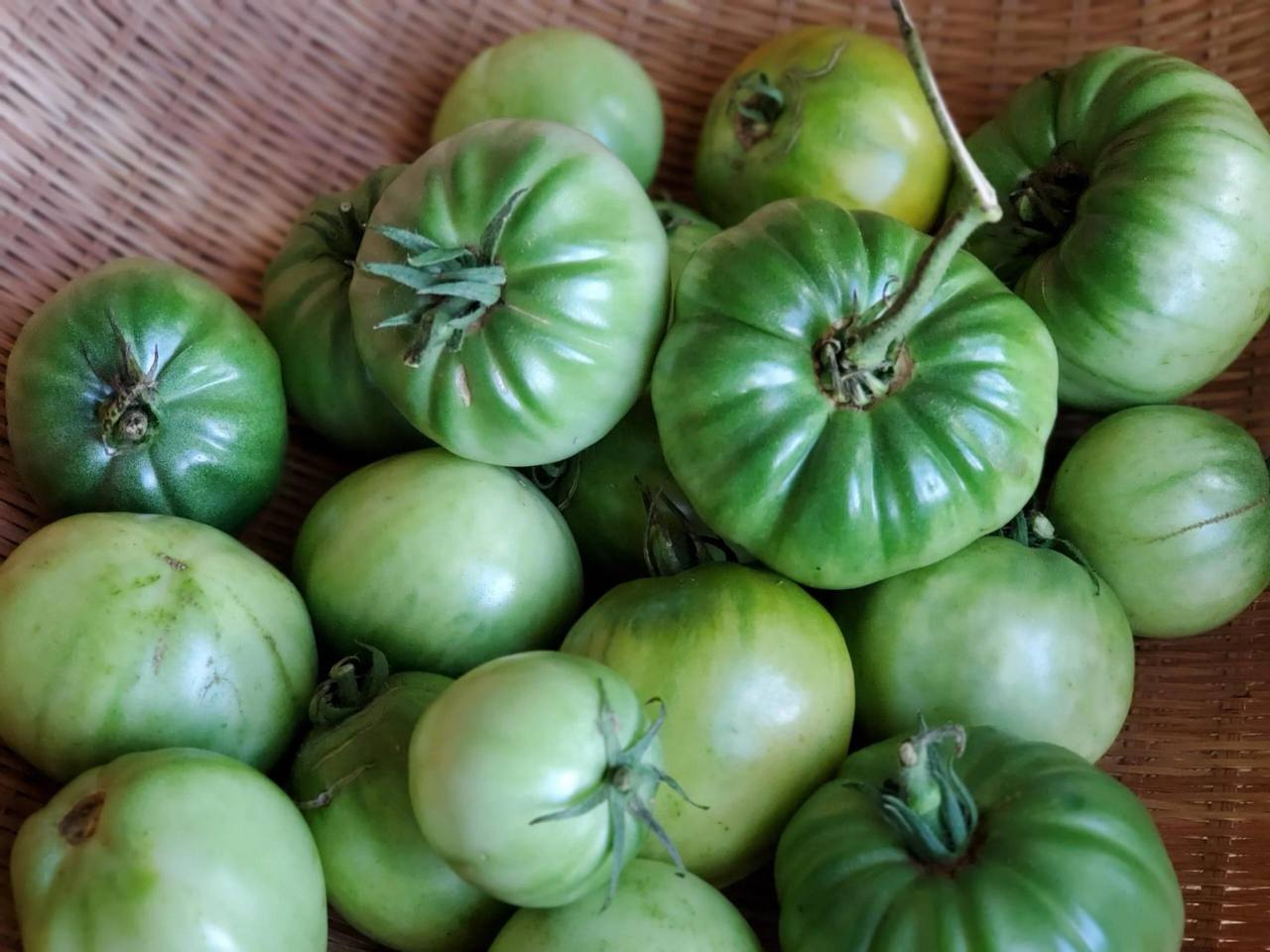
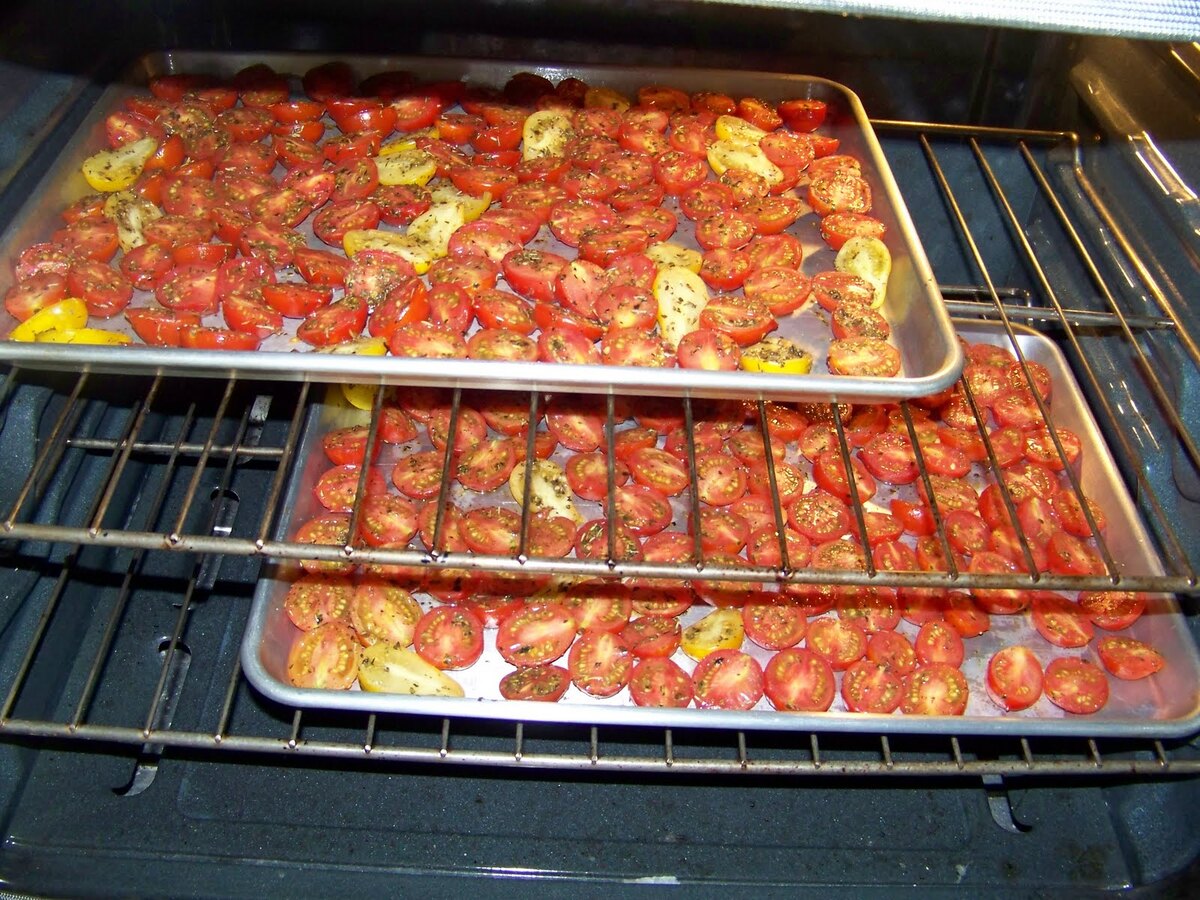





0 thoughts on “How To Store Canned Tomato Paste”